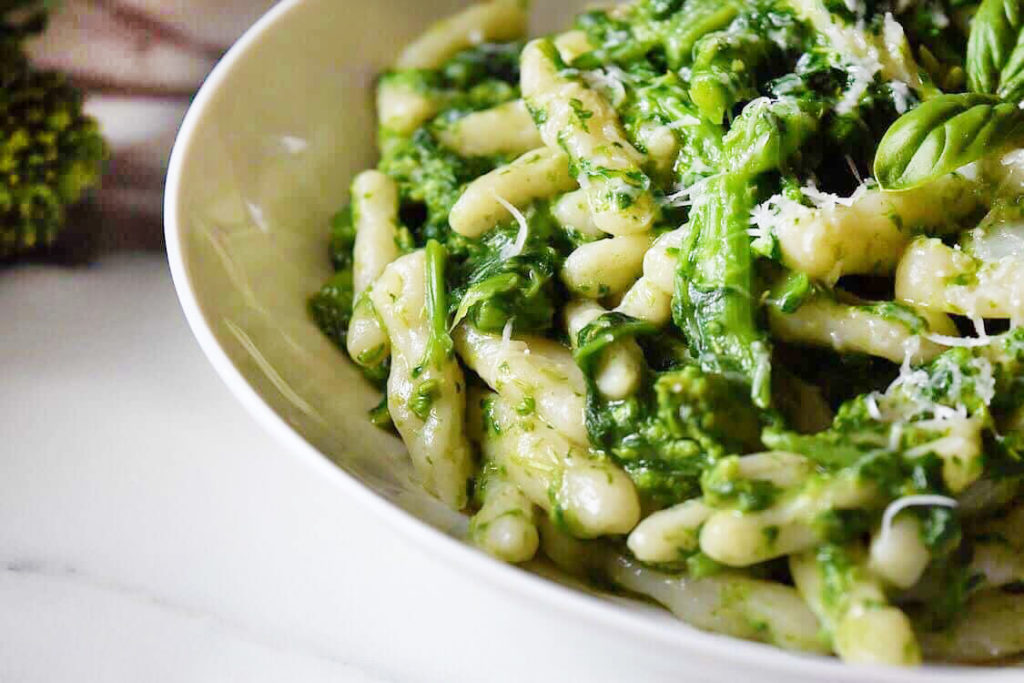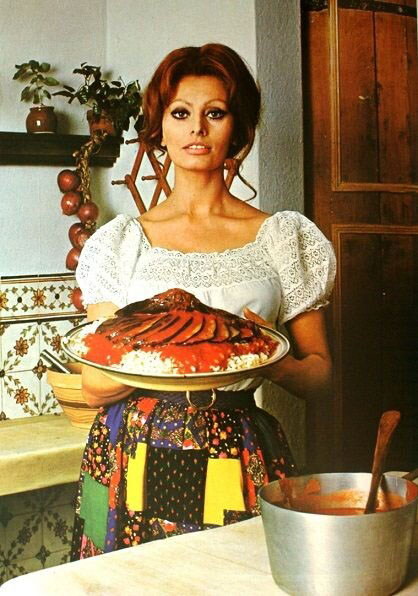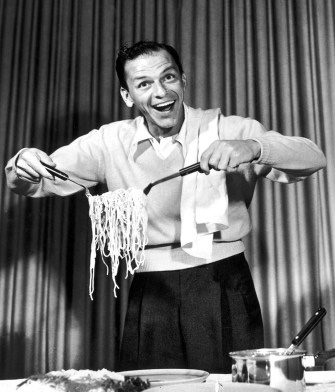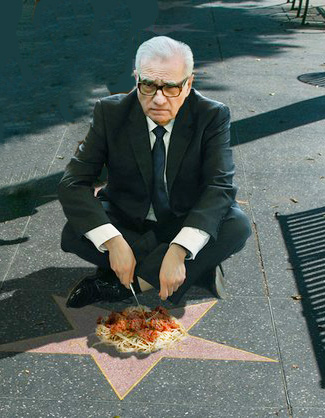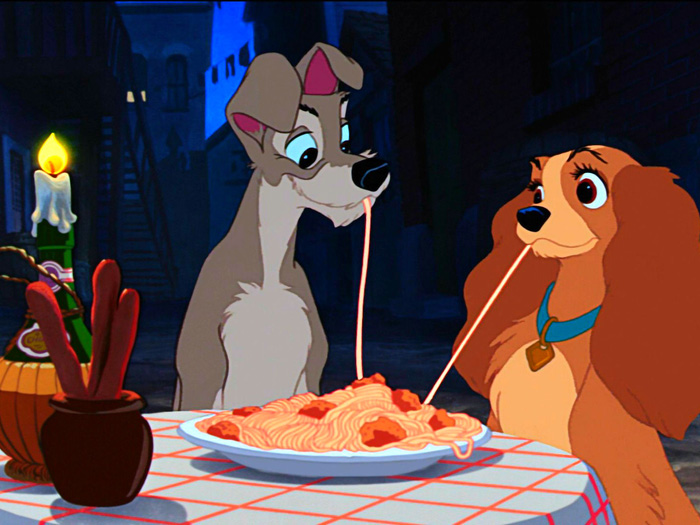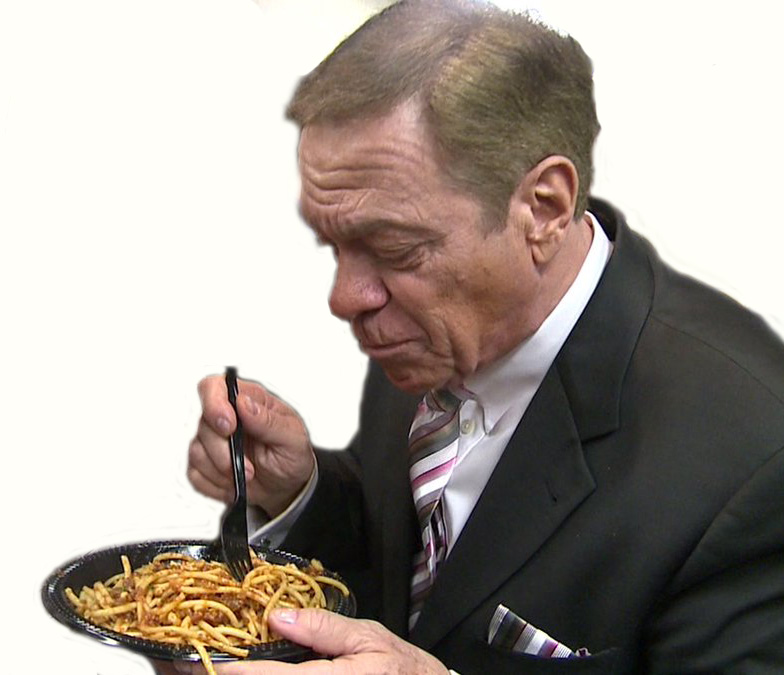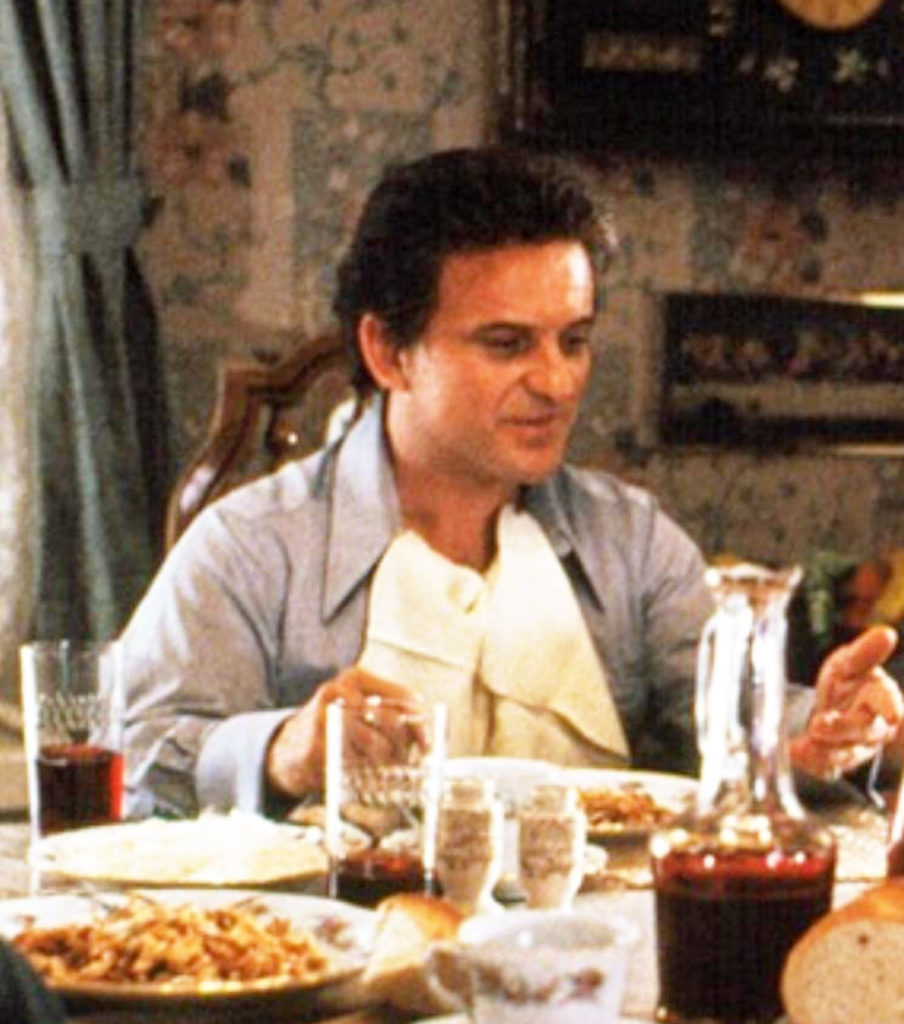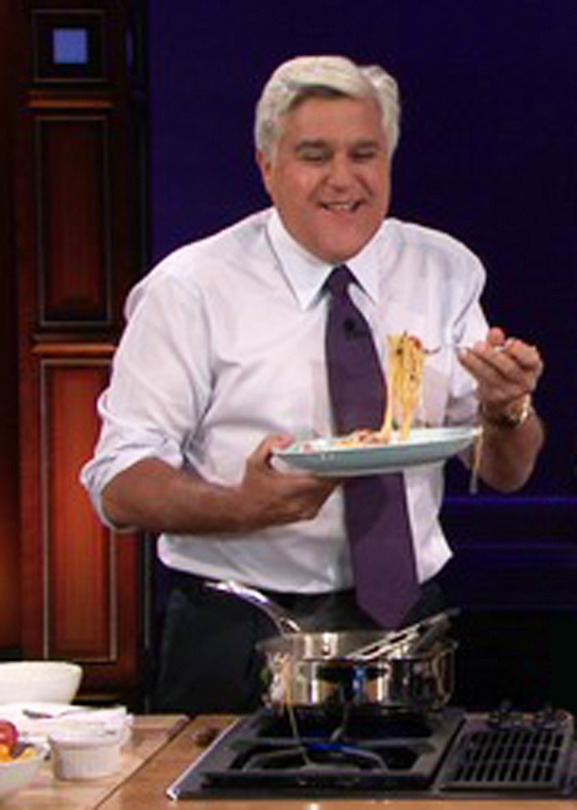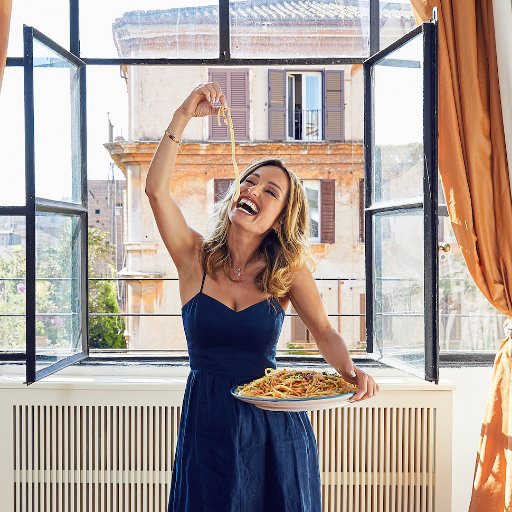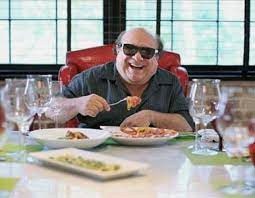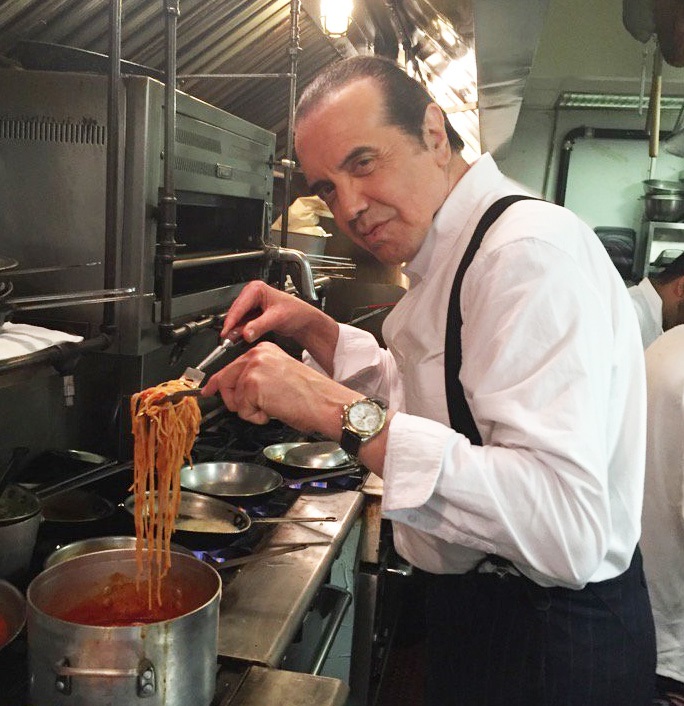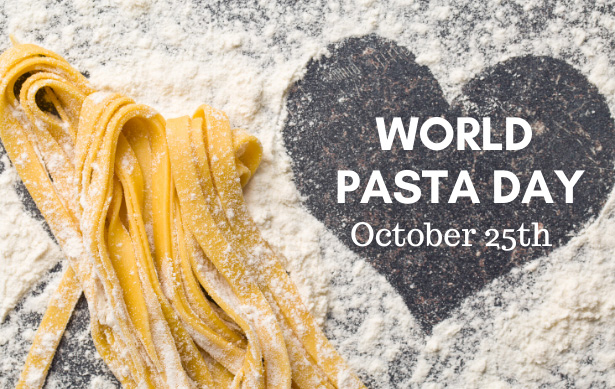Monday, October 25 is World Pasta Day. This celebration was first established in 1995 when 40 pasta producers from around the world gathered to hold the globe’s first World Pasta Congress. “The central goal of World Pasta Day is to call attention to not just the product of pasta, but to new and creative ways to enjoy a pasta meal,” said Luigi Cristiano Laurenza, head of the International Pasta Organization. For Italians and Italian Americans, there is no need to have a special day to mark the beloved food, but it is a wonderful opportunity to try something new, something different and something special. I hope my recipes for four pastas below will allow you to do something new on October 25. With that date being a Monday, I plan a dinner on Sunday where I will create one or two special dishes for my family.
Who doesn’t love pasta? Critics say it’s fattening, too many carbs. But not true, as it is part of the Mediterranean Diet. Americans tend to eat too much and too often and that is when it becomes fattening. I notice in Italy, when they eat pasta it is never a giant bowlful. Try that and enjoy this special part of our heritage.
Spaghetti Puttanesca
In Italian, Puttanesca means prostitute. Legend states the ladies of the evening made the pasta on street corners in the old neighborhood. Alternatively, the name is used to refer to a pasta dish made by the “poor.” Spaghetti is traditionally the only pasta served with the sauce.
Ingredients
- 6 oil-packed anchovy fillets, drained and blotted dry
- 2 cloves of garlic
- 6 tbsp extra virgin olive oil, plus extra for finishing
- 1 inch piece of dried chile
- 1 tbsp capers, rinsed
- 1 1/4 cups canned peeled tomatoes, diced
- 1 cup pitted Gaeta black olives, coarsely chopped
- 1 lb spaghetti
- 3 tbsp fresh flat leaf parsley, minced
Preparation
Chop the anchovies finely together with the garlic. Pour the olive oil in a small saucepan and add the anchovies, garlic and chile. Heat gently over a low flame and mash with a fork until the anchovies have completely disintegrated, about two minutes.
Add the capers, tomatoes and olives to the pan and let the flavors blend over a medium flame for about 20 minutes.
Meanwhile, bring 5 quarts of water to a boil in a large pot over a high flame. Add 3 tablespoons of salt, then add the spaghetti and cook, stirring occasionally until al dente.
Drain the pasta and transfer to a warmed serving bowl. Toss the pasta with the sauce and add a swirl or two of olive oil and sprinkle with parsley. Serve immediately.
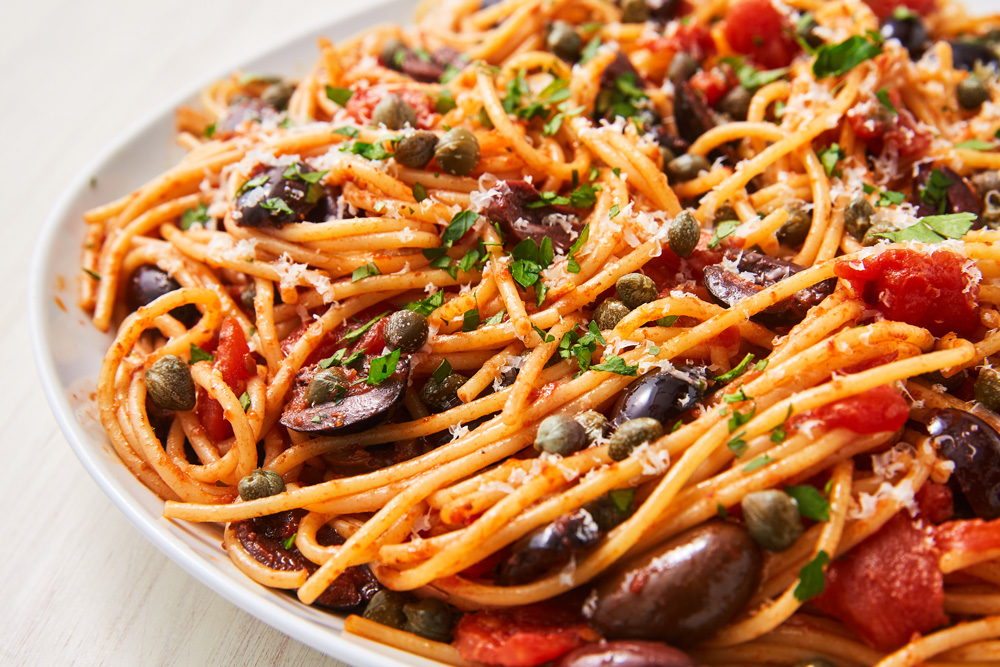
Penne alla Arrabiata
This is a simple and quick “no meat” sauce. Today, many trattorias in Rome feature this dish that was a favorite of the Roman poet Trilussa, who has a piazza named for him in Trastevere. This sauce is named “spicy” and is thick, red delish. The dish bears no resemblance to the arrabiata that is found in low-end eateries.
Ingredients
- 6 tbsp extra virgin olive oil, plus more for finishing
- 3 garlic cloves, crushed
- 2 very hot dried chiles, broken into pieces, but not crumbled
- 24 oz Italian peeled tomatoes, drained and coarsely chopped
- 1/2 tsp salt
- 1 lb penne pasta
- 2 heaping tbsp minced basil
Preparation
Pour the olive oil into a skillet and add the garlic and dried chiles (you can adjust the amount of chiles to taste). Heat over a medium flame until the garlic is golden, about 2 minutes, then discard the garlic and chiles.
Add the tomatoes to the infused oil and season with salt. Simmer over a low flame for about 30 minutes, stirring every so often. The sauce should be thick and shiny, with the oil separated on the surface.
Bring a large pot of water to boil over a high flame. Add 3 tablespoons of salt, then add the penne. Cook until al dente and drain. Transfer the sauce to a warm pasta bowl. Add the penne, a swirl of olive oil and mix well. Sprinkle with basil and serve.
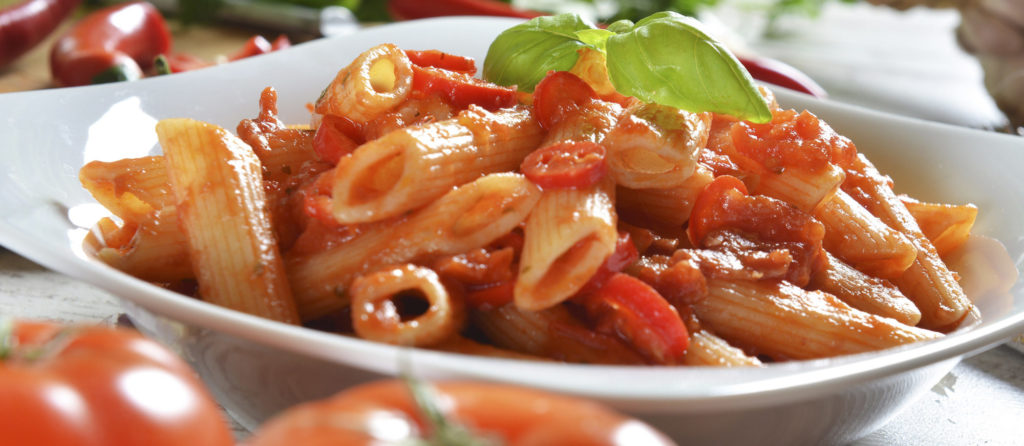
Sugo con la Ricotta with Fettuccini
Rome is known for its “Ricotta Romana” sheep’s milk cheese. It is a rich creamy ricotta with a delicate flavor. Because of its thick and creamy texture and somewhat bland taste, this recipe is great for fussy children and picky eaters. It is embarrassingly easy. I used to make it for my son when he was very young and he still asks for it.
Ingredients
- 1 lb fresh whole milk ricotta
- 1/2 tsp salt
- white pepper, freshly ground
- 1 cup Parmigiano Reggiano cheese, grated
- 1 lb fettuccini
Preparation
Bring 5 quarts of water to boil over a high flame. When the water boils, add 3 tablespoons of salt. Add the pasta and cook, stirring occasionally and when ready, then drain well.
In a pasta bowl, add the ricotta and sprinkle with salt and pepper to taste, then add most of the Parmigiano. Mash the ricotta with a fork until it is quite smooth, then add the fettuccini and mix well. Serve immediately in warmed bowls and sprinkle with additional Parmigiano.
I occasionally add baby peas and pancetta as another delicious version of this dish.
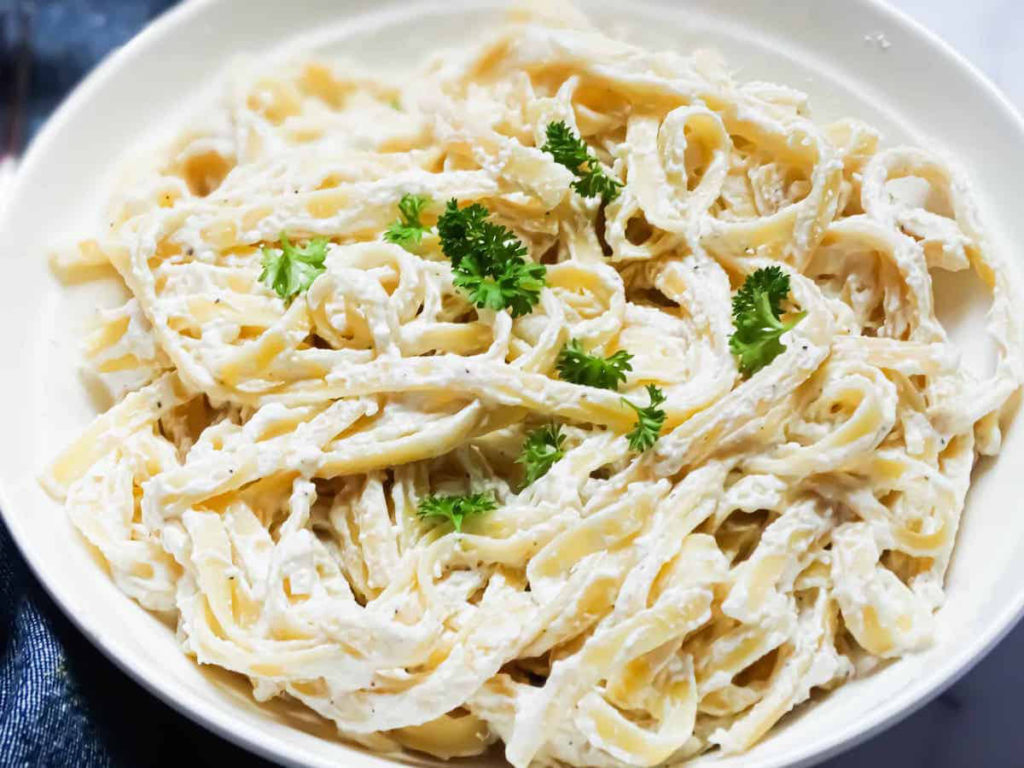
Sugo Alle Broccoli di Rapa (with Orecchiette or Cavatelli)
Neapolitans have been called mangia foglie, which translates to “leaf eaters,” but they knew the benefits of leafy greens early on. The youngest broccoli rabe is the most tender and will make the best sauce. In Central Italy, they call it broccoletti. In Puglia, they call it Cime di rapa and in southern Italy, many call it Friarielli. No matter what you call it, it is healthy. Remember, strong vegetables are better cooked with wine to retain its flavor rather than garlic and pepper.
Ingredients
- 2 lb broccoli rabe, trimmed, especially of thick stems
- 5 oz pancetta, diced
- salt
- 3 tbsp white wine
- 1 lb orecchiette or cavatelli
- black pepper, freshly ground
- extra virgin olive oil for finishing
Preparation
Bring 5 quarts of water to a boil in a large pot over a high flame. Add 3 tablespoons of salt, then add the pasta and the broccoli rabe together. Boil for 10 minutes or until the pasta is al dente. By that time the broccoli rabe will be tender, too. In any event, do not overcook the pasta; the vegetable cooking allows much more leeway.
While the pasta is cooking, place the diced pancetta in a skillet that is large enough to also hold the cooked pasta. Cook over a medium-low flame. As soon as the fat begins to melt, sprinkle lightly with salt and add the wine. Lower the flame and cook until the pancetta becomes crisp.
Drain the pasta and broccoli rabe and transfer to the skillet. Mix well, but gently, so as not to break up the florets. Grind some pepper over the top; add a swirl of olive oil and serve immediately, right from the pan.
You can also add sausage easily to this recipe and possibly some red pepper seeds.
